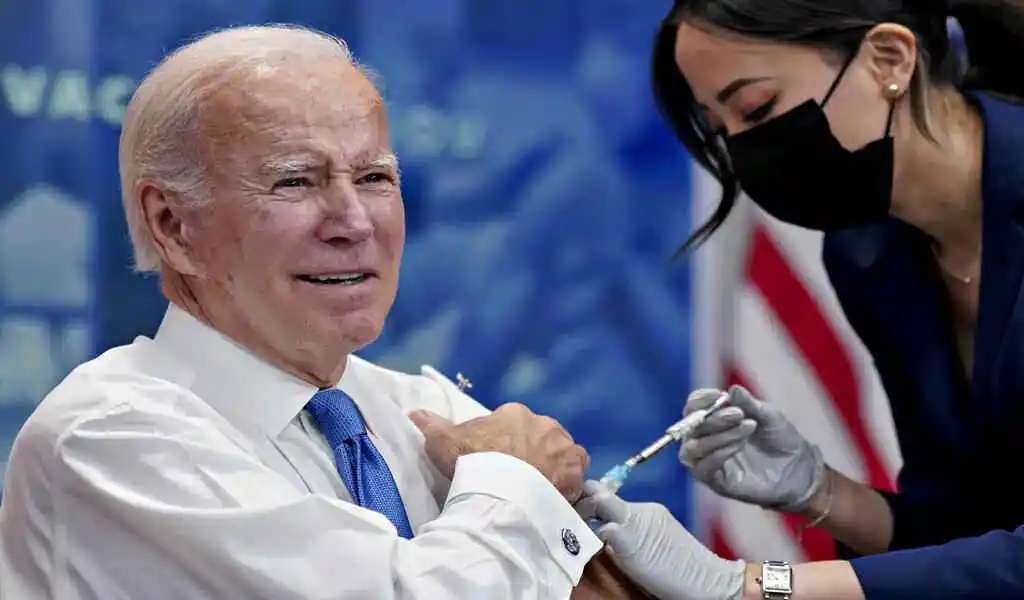Health
Updated COVID Boosters Could Have Been Better

(CTN News) – A COVID vaccine booster containing both the ancestral vaccine and a component tailored against Omicron BA.4/5 subvariants was approved by the FDA in August.
The panel rejected another booster of the original vaccine — which the U.S. has in abundance — or a monovalent Omicron vaccine. It wasn’t a clear-cut decision and may have been wrong.
Based on the same information, European countries went with a bivalent vaccine containing the ancestral vaccine and one aimed at the Omicron BA.1 subvariant.
Meanwhile, the World Health Organization’s Strategic Advisory Group of Experts on Immunization (SAGE) committee recently noted that “…the current data don’t support any preferential recommendation for bivalent variant-containing vaccine boosters over ancestral virus-only boosters.
It’s the COVID booster dose that gives the biggest benefit, whether it’s a monovalent or a bivalent vaccine.”
The counter-argument was that we need to develop vaccines for the Omicron subvariants. However, giving a monovalent, and hence a full dose, of a BA.4/5 vaccine might have worked better.
According to available data, monovalent Omicron vaccines elicit a stronger antibody response than bivalent ones.
FDA may have wanted to hedge against the possible reemergence of a pre-Omicron or Delta-like variant this winter, something which, while unlikely, is not impossible.
At the same time, the U.S. was well prepared for that outcome, since we still have plenty of COVID vaccines. At a time when very few Americans are lining up to get their first COVID vaccine series, these vaccines can only be used for initial vaccinations, not boosters.
FDA and CDC didn’t take into account vaccination against Omicron variants as if they were entirely distinct viruses. To induce strong antibody responses, two doses of the ancestral vaccines were needed.
The immunology considerations would have been the same for antibodies against the Omicron variant sites — the science suggests that two full doses of a monovalent Omicron vaccine would be better than a half dose of a bivalent booster.
Perhaps this would have been a good option for vulnerable populations.
The FDA and CDC should also apply the lessons learned in spacing vaccine doses properly when rolling out boosters. CDC says boosters can be given “within 2 months” of infection or COVID vaccination. In order to maximize antibody production, a 4- to 6-month interval would be better.
Waiting a few months after the previous dose (or infection) is likely to work better. Antibodies from the past can form complexes with the spike proteins in the vaccine, impairing the immune system’s response.
It takes a month or two for those anti-spike antibodies to go down after vaccination or infection. In addition, boosting too soon ruins B-cell responses.
SEE ALSO:
Reconstruction Surgery After Breast Cancer Leads To Changes In Upper Limb Movement






























